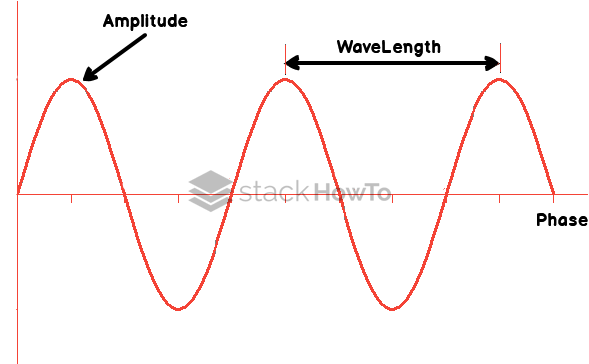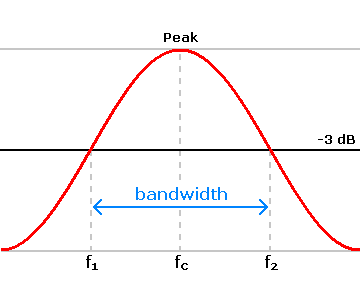What is a Communication Channel in Networking?
In this tutorial, we are going to see What is a communication channel in networking?
A communication channel is a link between two machines. The term transmitter is generally used to designate the machine that sends data and the term receiver to designate the machine that receives it. The machines can sometimes be receivers or transmitters in turn (this is generally the case for computers linked by network).

The communication channel, also called sometimes “transmission line”, is not necessarily made up of a single physical support of transmission, this is why the end machines, called DTE (Data Terminal Equipment) each one has an equipment relating to the physical support to which they are connected, called DCE (Data Communication Equipment). We call data circuit the set constituted by the DTE of each machine and the data link.

Basics of electromagnetic waves
The transmission of data on a physical medium is done by propagation of a vibratory phenomenon. It results in a wave signal depending on the physical quantity that is varied:
- in case of light it is a light wave
- in case of sound it is an acoustic wave
- in case of the tension or the intensity of an electric current it is an electric wave
- …
The electromagnetic waves are characterized by their frequency, their amplitude and their phase.

Types of physical media:
The physical supports of transmissions are the elements allowing to circulate the information between the equipments of transmission. We generally classify these supports in three categories, according to the type of physical quantity which they make it possible to circulate:
- Wired media allow an electrical quantity to circulate on a cable that is generally metallic
- The aerial supports designate the air or the vacuum, they allow the circulation of various electromagnetic or radioelectric waves
- The optical supports allow the transmission of information in light form
According to the type of physical support, the physical quantity has a speed of propagation more or less fast (for example the sound propagates in the air at a speed of about 300 m/s whereas the light has a celerity close to 300 000 km/s).
Disturbances
The transmission of data on a line is not done without losses. First of all, the transmission time is not immediate, which imposes a certain “synchronization” of the data at the reception. On the other hand, parasites or degradation of the signal can appear.
- The parasites (often called noise) are all the disturbances modifying locally the shape of the signal. We generally distinguish three types of noise:
- White noise is a uniform disturbance of the signal, which means that it adds a small amplitude to the signal whose average value on the signal is zero. White noise is generally characterized by a ratio called the signal-to-noise ratio, which translates the amplitude percentage of the signal compared to the noise (its unit is the decibel). This should be as high as possible.
- Impulsive noise are small peaks of intensity that cause transmission errors.
- Signal loss is the loss of signal energy dispersed in the cable. The attenuation results in a weaker output signal than the input signal and is characterized by the value:
A = 20 log (Output signal level / Input signal level)
The attenuation is proportional to the length of the transmission path and the frequency of the signal.
- Signal distortion characterizes the phase shift between the input signal and the output signal.
Bandwidth and capacity
The bandwidth of a transmission channel is the frequency interval over which the signal is not attenuated beyond a certain value (usually 3dB, because 3 decibels correspond to a signal attenuation of 50%), so we have :

Image source: https://commons.wikimedia.org/wiki/File:Bandwidth.png
For example, a telephone line has a bandwidth between 300 and 3400 Hertz for an attenuation rate of 3 dB.
The capacity of a channel is the quantity of information (in bits) that can be transmitted on the channel in 1 second. The capacity is characterized as follows:
C = W log2 (1 + S/N)
- C capacity (in bps)
- W bandwidth (in Hz)
- S/N represents the signal / noise ratio of the channel.





